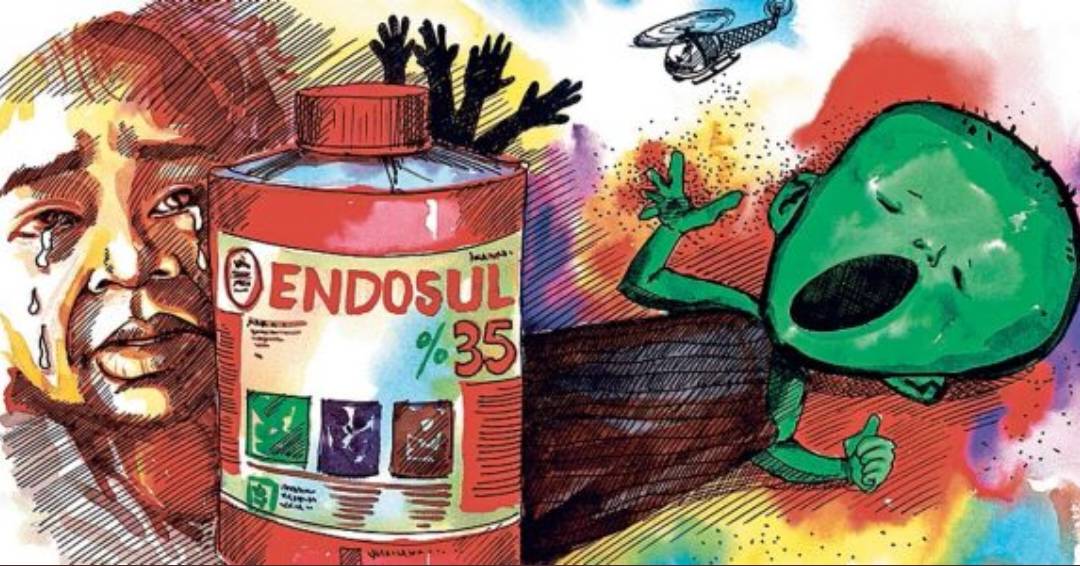
Twenty-eight months have passed since the catheterisation lab was inaugurated in Kasaragod’s District Hospital by the former health minister K K Shailaja. However, the government has not yet appointed a cardiologist for the facility. Furthermore, the government has failed to fulfill its promise to activist Daya Bai to conduct special medical camps by March of this year to identify endosulfan victims. The last such camp was held in 2017, following protests by victims and activists. Many children born with disabilities resulting from endosulfan exposure are being denied free specialty care, pension, and compensation. The government has also neglected its commitment to review the cases of 1,031 suspected endosulfan patients who were identified in the 2017 camp but not officially recognized as victims.
In response, the mothers of these suspected victims have formed the Endosulfan 1031 Protest Committee to demand the inclusion of these patients in the list of endosulfan victims. They have held a token protest meeting and plan to organize a protest march to the Kasaragod Collectorate. The committee has submitted petitions to Minister for Social Justice R Bindu, Minister for Health Veena George, and Leader of Opposition V D Satheesan. Satheesan has taken up their cause and written to Chief Minister Pinarayi Vijayan, urging him to take steps to include the 1,031 patients in the list of endosulfan victims.
The situation for endosulfan victims has been characterized by a prolonged wait for care. Following the 2017 medical camps, specialist doctors identified 1,905 patients as probable victims. However, after social screening by the health department, the government only recognized 363 patients as endosulfan victims. The Endosulfan Peeditha Janakeeya Munnani, an NGO advocating for the rights of endosulfan victims, organized a hunger strike by mothers in front of the Secretariat in January 2019, demanding that the remaining 1,542 patients be included in the beneficiary list. The hunger strike ended when the government agreed to recognize patients below 18 years as victims without further examination, resulting in the inclusion of 511 patients in the list. However, the government failed to review the case files of adult patients as promised.
In October 2022, the government made four promises to end activist Daya Bai’s hunger strike. However, eight months later, the medical camps to identify endosulfan victims have not taken place, and the establishment of daycare centers and a Neurology Department has not been realized. The government has yet to appoint a cardiologist for the catheterisation lab inaugurated in February 2021, and the existing general medical consultant assigned to the lab has been transferred. The lab, which should be headed by a cardiologist, has been operating with a temporary arrangement involving doctors with post-graduation in cardiology from other fields. The limited staff has performed around 200 procedures, but a long-term solution is necessary to ensure the lab functions effectively. The hospital management committee has appointed temporary nurses, but the government should create additional positions to support the lab’s operation round the clock.
Overall, the government’s failure to fulfill promises and address the needs of endosulfan victims and the Kasaragod District Hospital’s cath lab has led to protests and a lack of justice and benefits for the affected individuals.

Post Your Comments